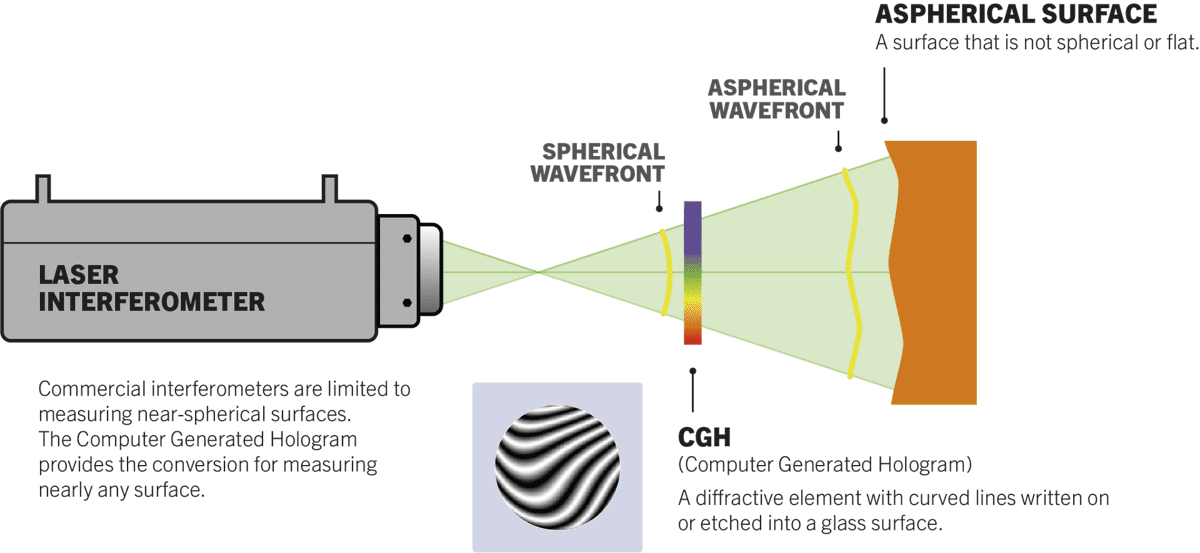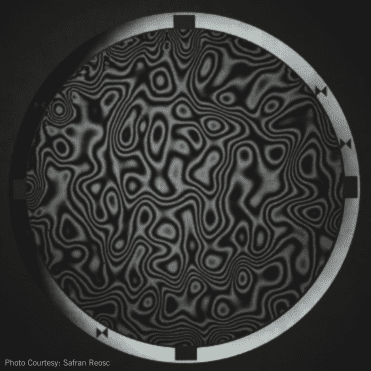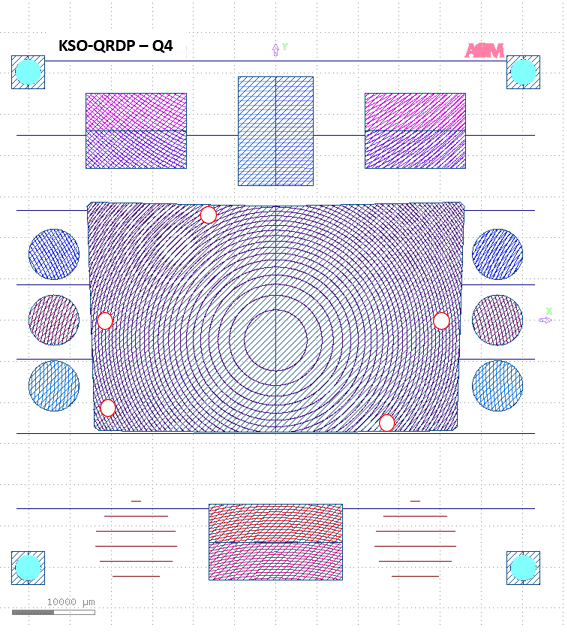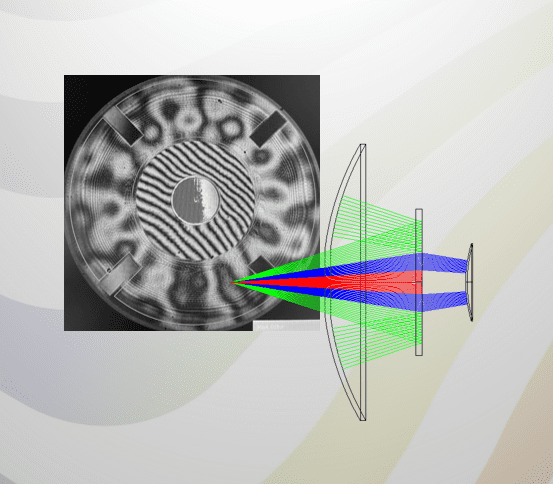PRODUCTS
Custom CGHs
Precision Opitcal References for Complex Optical Surface Figure and Wavefront Testing
What is a CGH?
A Computer-Generated Hologram (CGH) is a precision optical element that modifies the test-leg wavefront of an interferometer and enables surface and wavefront metrology of nearly any shape optic or optical system wavefront.
Typical CGHs are binary diffractive optics produced by lithographic processes, rendering them very precise. They also enable nearly any shape wavefront to be produced, based on the design of the diffractive pattern. This combination of precision and flexibility enables the metrology of complex optical surfaces like asphere, freeform, conics, and off-axis sections.
Take your CGH application to the next level by integrating a complete Metrology System for surface or wavefront testing.

CGH Benefits
Interferometry provides excellent metrology for optical surfaces. However, interferometers are limited in the surface or wavefront shapes that can be measured.
Computer-Generated Holograms (CGHs) overcome this shape limitation enabling measurement of aspheres, freeforms, conics, and off-axis sections while maintaining the many desirable aspects that interferometry provides.
- Fast, non-contact, high precision, high resolution, full aperture measurement – a unique and valuable combination in optical metrology
- Flexible – measure nearly any optical surface shape
- Production friendly – amortize the cost of a CGH over many units produced
- Design for nearly any test wavelength to suit the test system requirements or interferometer wavelength
- Affordable – use existing interferometry and purchase CGHs only when required for certain test optics
- Easy to procure – 8 weeks or less for custom CGHs from AOM!

Custom CGH Technical Details
Computer-generated holograms (CGHs) are customized optical components integrated into standardized size and mechanical interface formats. CGHs consist of a fused silica substrate in which the diffractive pattern is printed or etched.
Custom CGHs are available with:
- Substrates in 3-inch, 6-inch, and 9-inch square formats to suit a range of test optic sizes. All CGH substrates are 1/4-inch thick and have polished and parallel surfaces that maintain precision in an interferometric test. Substrates can even be custom-cored or shaped to meet specific application requirements.
- An AR coating on the CGH back surface eliminates unwanted reflections in the interferometric test.
- CGHs are mounted in a mechanical cell that provides a low-stress interface and ease of mounting to mechanical alignment stages. See our optomechanics products for more details.
- An optional .cgh file and Morpheus™ software – enable measurement data post-processing to calibrate out the substrate error, analyze and remove misalignment errors in the test, lateral mapping distortion correction, and even a measurement uncertainty analysis.
- Custom CGHs typically include NRE, QC, and final reports of as-built parameters.
Custom CGH and
alignment stage
from AOM
Custom CGHs are offered in
3-inch, 6-inch, and 9-inch sizes.
CGH with AR-coated back surface
CGH cell kinematic mounting to AOM alignment stages
How to Specify a CGH Test
A computer-generated hologram can be specified for a number of optical surface shapes, optical materials, sizes, and even the number of surfaces that should be tested. When specifying a CGH test, it is important to define:
- The optical prescription – the definition of the surface to be fabricated and tested.
- Test uncertainty – how accurately do you need to know the surface figure error?
- Optical surface reflectivity or material – surface reflectivity at test wavelength drives the type of CGH (Amplitude or Phase) that is designed.
- Alignment requirements – does the optical surface have alignment requirements to mechanical datums like an OD or mounting holes/pins?
- System requirements – is the optic used in a system where alignment to other optics is required?
After providing the above details to AOM as part of a CGH test design, our engineering team will create a preliminary CGH test design for your review and consideration – make changes, add requirements, or consider a Metrology System for a complete metrology solution.

Other CGH Tests
Did you know that CGHs can be used to test more than just aspheric lens and mirror surfaces?
More complex optical surfaces can be qualified to high precision with test configurations achieved with CGHs. Find out more about optical surface testing.
Use CGHs to test optical system wavefront, optical element surface-to-surface alignment, and even multiple field angles wavefronts. Find out more about wavefront and alignment testing.
